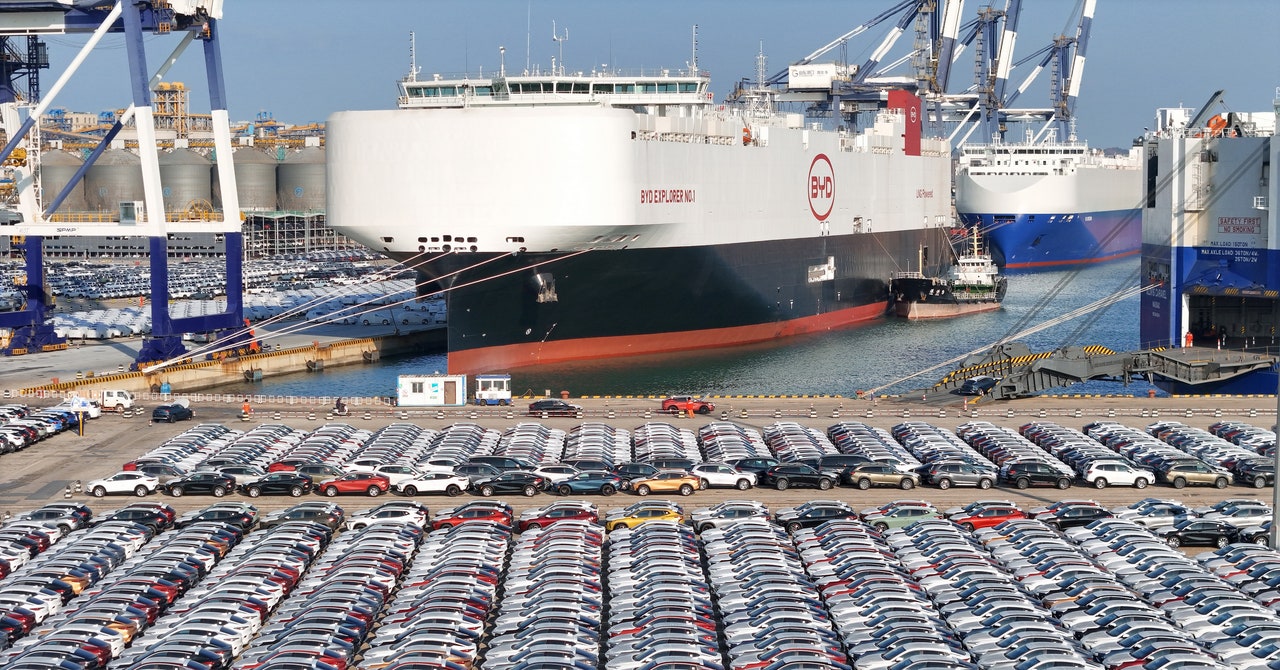- cross-posted to:
- world@lemmy.world
- cross-posted to:
- world@lemmy.world
China has positioned itself as the main car supplier in Mexico, with exports reaching $4.6 billion in 2023, according to data from Mexico’s Secretariat of Economy.
The Chinese automaker BYD surpassed Honda and Nissan to position itself as the seventh largest automaker in the world by number of units sold during the April to June quarter. This growth was driven by increased demand for its affordable electric vehicles, according to data from automakers and research firm MarkLines.
The company’s new vehicle sales rose 40 percent year over year to 980,000 units in the quarter—the same quarter wherein most major automakers, including Toyota and Volkswagen, experienced a decline in sales. Much of BYD’s growth is attributed to its overseas sales, which nearly tripled in the past year to 105,000 units. Now BYD is considering locating its new auto plant in three Mexican states: Durango, Jalisco, and Nuevo Leon.
Foreign investment would be an economic boost for Mexico. The company has claimed that a plant there would create about 10,000 jobs. A Tesla competitor, BYD markets its Dolphin Mini model in Mexico for about 398,800 pesos—about $21,300 dollars—a little more than half the price of the cheapest Tesla model.
…
That tariff-free access is part of the US-Mexico-Canada Agreement (T-MEC), an updated version of the North American Free Trade Agreement that, as of 2018, eliminated tariffs on many products traded between the North American countries. Under the treaty, if a foreign automotive company that manufactures vehicles in Canada or Mexico can demonstrate that the materials used are locally sourced, its products can be exported to the United States virtually duty-free.
MAGA strikes again



Honda increased the size of the civic to meet us consumer wants, and put the fit in it’s place. The crash ratings are the same between the two. Americans don’t want cheap small cars it’s why the civic outsells the fit 10:1.
That’s the line. But they also increased the price. This is an age old business trick. When you’re running fat margins, increase the size of the meal to sell more of the product. The Civic has always sold well and I haven’t seen anything to suggest sales improved as the chassis size increased.
Not against larger vehicles. But its still marginal. If the F-350 plowing into you at 70mph hits a newer model, you’ll be just as dead even if the frame suffers less.
American businesses don’t want to sell cheap small cars and American consumers are given fewer and fewer options, as you illustrate when you note these vehicles all swelling in size. But when the price of gas jumps, people start piling into Priuses and Focuses and Elantras. Meanwhile, car graveyards are full of Hummers that never left the dealership floor.
Fit sales peaked back in 2008 when gas prices jumped to $6/gal. But the Fit effectively competes with the Civic at a lower price point. Dealers don’t want to sell them when Civics move just as fast and guarantee higher returns.